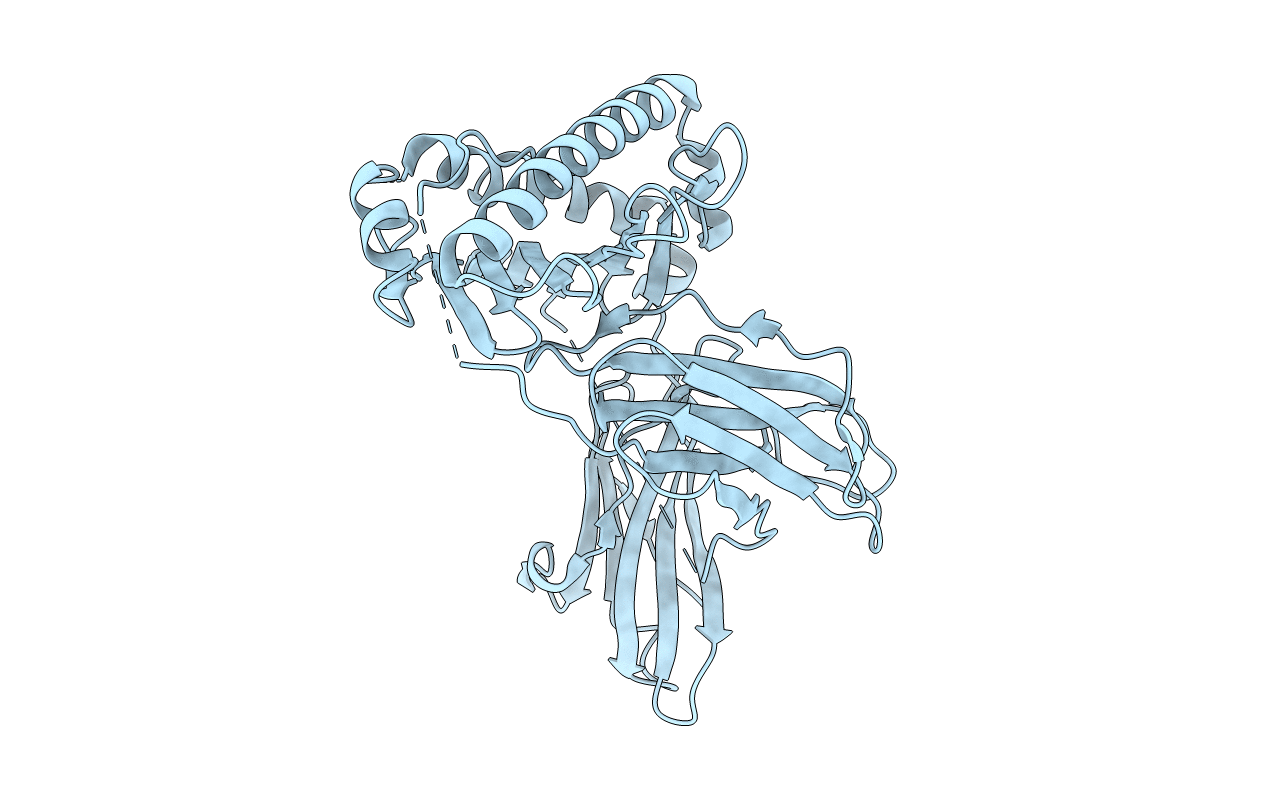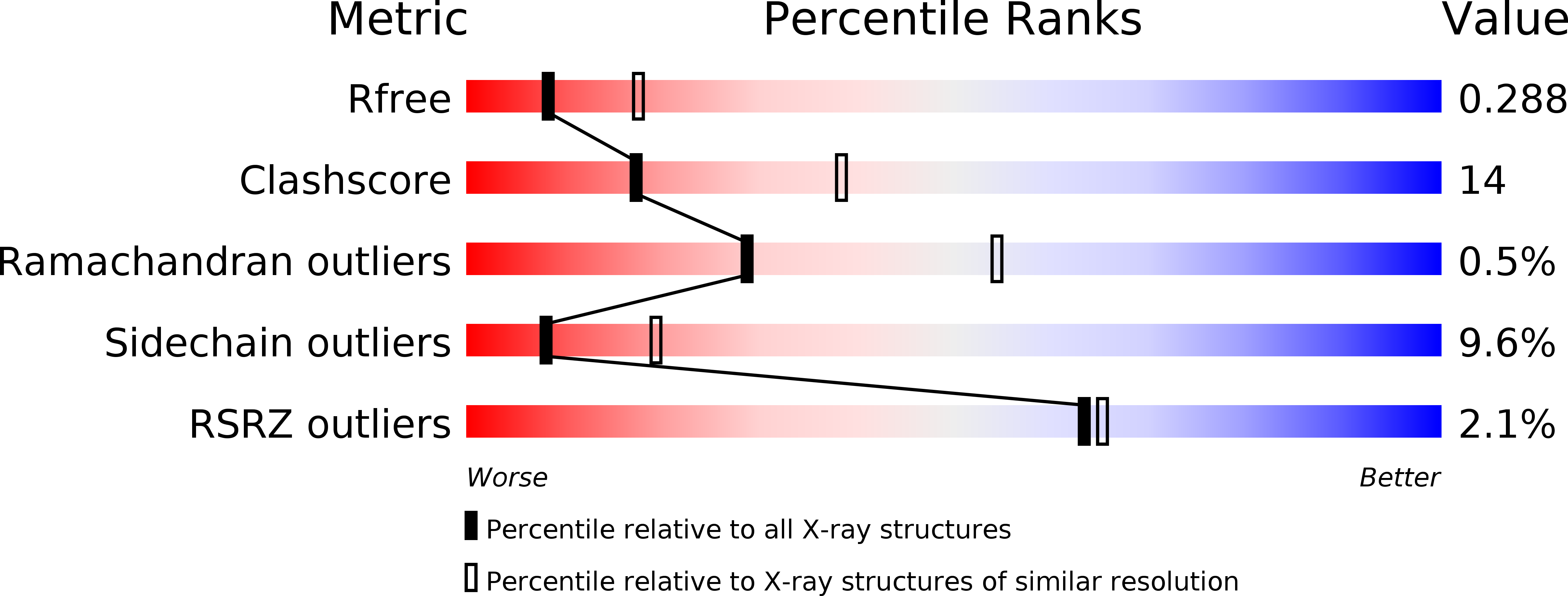
Deposition Date
2010-07-09
Release Date
2011-07-06
Last Version Date
2024-11-27
Entry Detail
PDB ID:
3NWM
Keywords:
Title:
Crystal structure of a single chain construct composed of MHC class I H-2Kd, beta-2microglobulin and a peptide which is an autoantigen for type 1 diabetes
Biological Source:
Source Organism:
Mus musculus (Taxon ID: 10090)
Host Organism:
Method Details:
Experimental Method:
Resolution:
2.70 Å
R-Value Free:
0.28
R-Value Work:
0.20
R-Value Observed:
0.20
Space Group:
P 1 21 1


